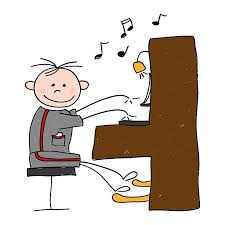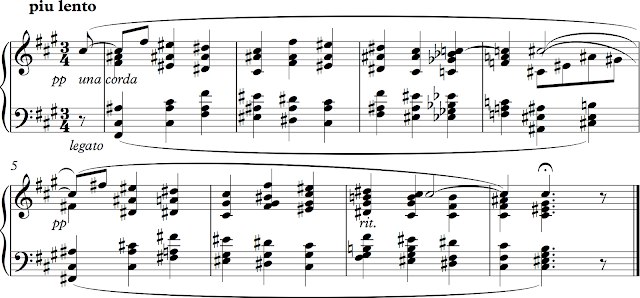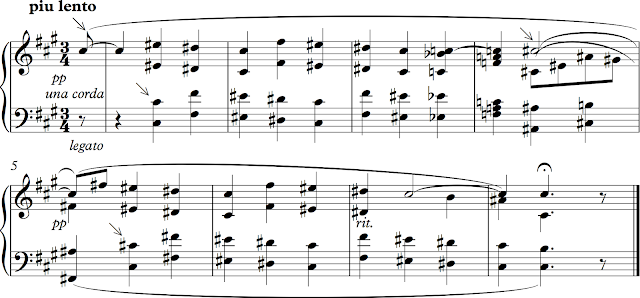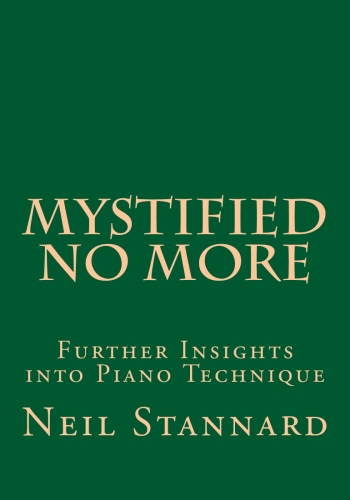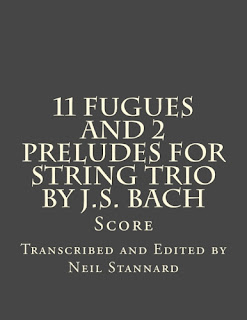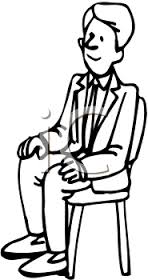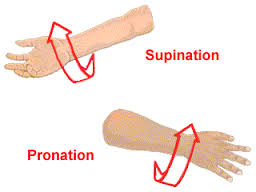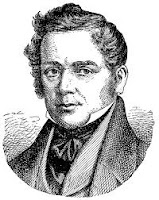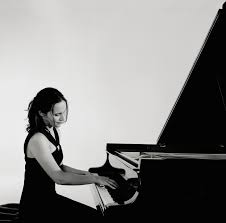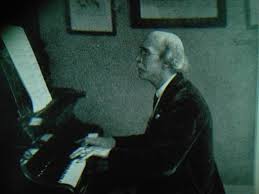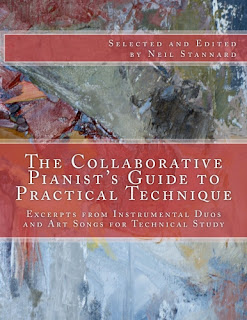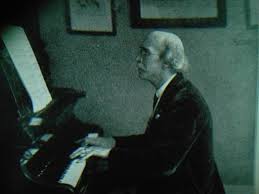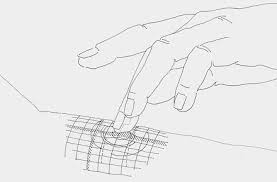A student writes:
"I am reading your excellent book at the moment. I like this idea [of practicing technique in the music]. I mostly play Bach and I would love to practice specific technical skills by practicing specific Bach pieces. Unfortunately, no one has yet written a book covering all relevant technical exercises, in [progressive] order, using only Bach.
My answer:
Anyway, my question is then: Does your idea go for scales as well? Should I never practice scales?"
My answer:
The simple answer to your question is no, you don't have to practice scales, but you do have to know them. As you rightly point out, scales and arpeggios are the building blocks of music, and the techniques—particularly the thumb crossings—are quite similar. So, as a matter of keyboard harmony and understanding the topography of the keyboard, it is important to be able to play fluently all scales in major and melodic minor keys for at least two octaves. I don't stress the practicing of arpeggios particularly because there are different fingering possibilities—better to practice these in the music itself. The purpose of learning scales is for the thumb crossings and the hand coordinations to become automatic. Drilling scales on a daily basis (once learned) for developing "strength" or "independence" is in my view not a good use of time.
My new book, Mystified No More, Further Insights Into Piano Technique includes a chapter on increasing speed in scales and arpeggios, including video demos on how to do this. Suddenly I feel like a book salesman (well, he did ask), but I also have two other books, The Pianist's Guide to Practical Scales and Arpeggios, which is a collection of scales and arpeggios as they appear in repertoire. It includes quite a number Bach works. You can look through the index at Amazon.com. The other book is called The Pianist's Guide to Practical Technique, a collection of graded excepts from the repertoire. There is also a scale routine outlined—octaves, sixths and tenths—for those who want to organize a scale routine. However, as I said before, I don't think it's necessary to practice scales routinely once they are securely learned.
Side note: The chief challenge in Bach is coordinating the counterpoint, the vertical-ness of the lines—feeling the points where the hands play together.

